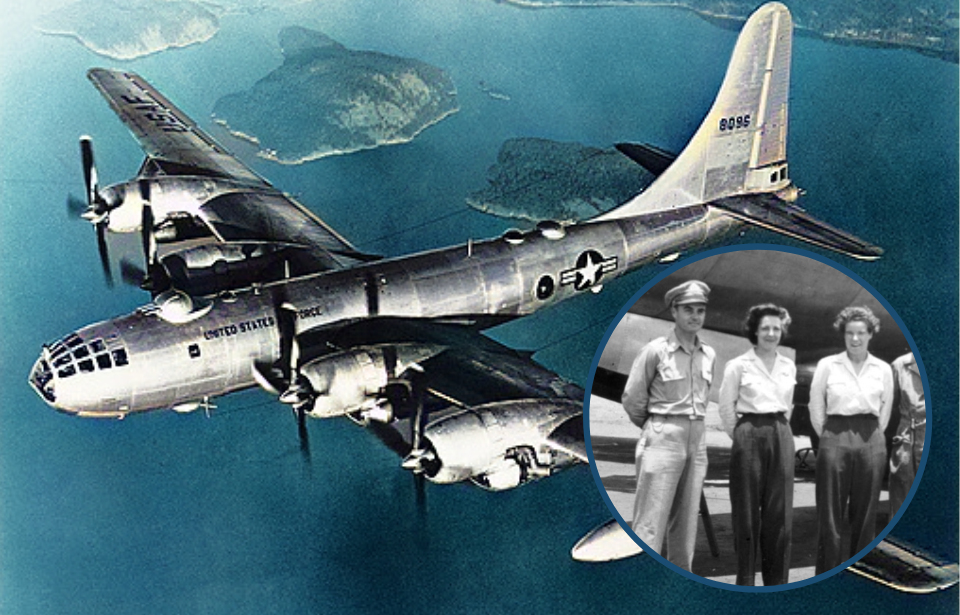In the lead up to the bombings of Hiroshima and Nagasaki, Paul Tibbets was tasked with training a group of pilots on the newly-produced Boeing B-29 Superfortress. However, he soon ran into a problem: the men refused to get into the aircraft.
The bomber was larger and less thoroughly-tested than other aircraft used throughout the Second World War, and the pilots thought it was too dangerous to fly. Refusal to use the B-29s, however, was not an option, so Tibbets concocted a plan to train two female pilots to give flight demonstrations to the men. His plan was a resounding success.
Problems with the B-29’s engines
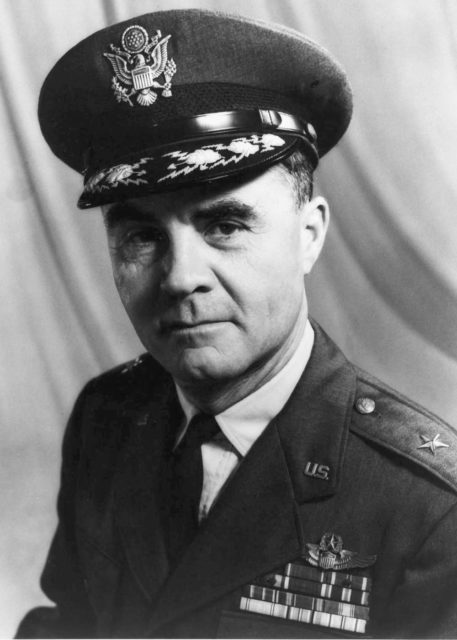
Paul Tibbets, having served in both the European and Pacific Theaters, was called back to the US in 1943 to help with the development of the B-29 Superfortress. After testing of the bomber was complete, he was reassigned as the director of operations for the 17th Bombardment Operational Training Wing (Very Heavy) and tasked with training pilots to fly the new aircraft.
The men were very reluctant to learn, and they had a valid reason to be wary, as the B-29 had unreliable engines, caught fire regularly and hadn’t undergone the kind of testing other aircraft had. On top of that, it was also much larger than other bombers the US Army Air Forces had flown up until that point.
The women who flew the B-29 Superfortress
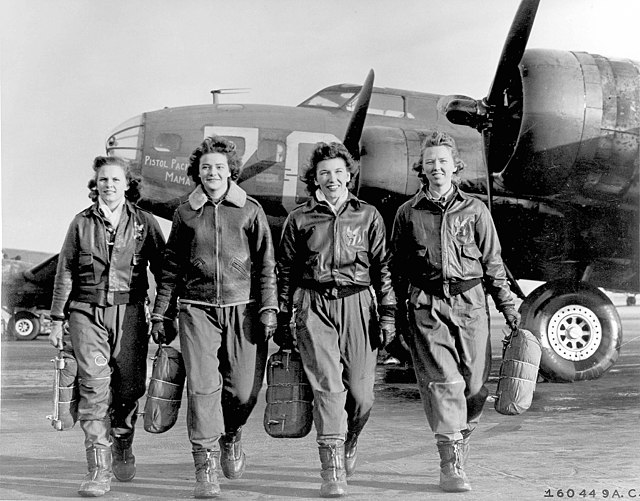
Tibbets thought that if he could get female pilots to train on the aircraft, the men might not be scared to fly the B-29. He recruited two Women Airforce Service Pilots (WASPs) for the role. He didn’t disclose to Dora Dougherty Strother or Dorothea Johnson “Didi” Moorman that there had been issues with the aircraft, and the pair didn’t experience any problems when piloting them.
Neither woman had even flown a four-engine aircraft, which is why they were picked for the job – Tibbets wanted to show that anyone could fly a B-29. He trained Strother and Moorman for only three days before deciding they were ready to give demonstrations to the male pilots.
The pair flew various flights out of the base in Alamogordo, New Mexico, with different aircrews onboard each time.
Reception as demonstration pilots
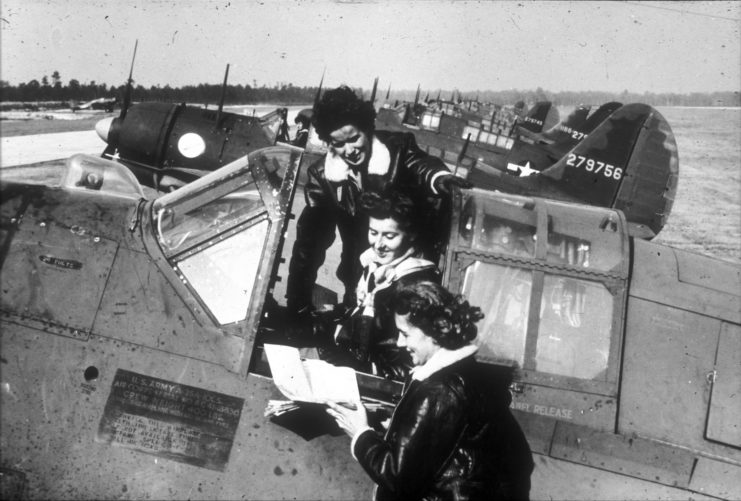
Strother and Moorman were successful in getting the male pilots to fly the B-29s. A maintenance bulletin written by Maj. Harry Shilling gave them praise for both their flying abilities and knowledge of the aircraft. He encouraged the men on the base to ask them questions about how to handle the bombers and emulate their impressive takeoffs.
Despite their success, Strother and Moorman didn’t have their jobs as demonstration pilots for long. When Tibbets’ superiors found out he was letting women fly the B-29s, they forced him to shut down the program. Air Staff Maj. Gen. Barney Giles told him that the women were “putting the big football players to shame.”
Remembering their role
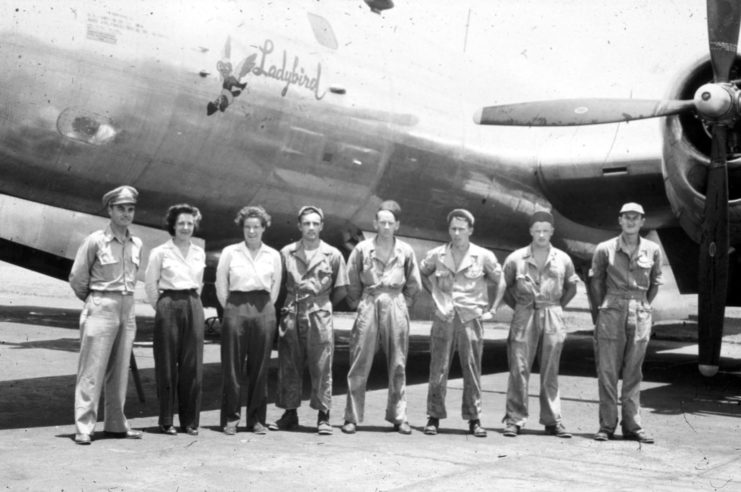
Although their role as demonstration pilots may seem small, it wasn’t viewed as such by the men who watched them. On August 2, 1995, Harry McKeown, a retired lieutenant colonel with the US Air Force, wrote a letter to Strother about her role flying the B-29s. He’d met her and Moorman in 1944 when they brought a B-29 to Clovis Army Airfield, where he served as the Director of Maintenance & Supply and a test pilot.
He said that after their demonstration “we never had a pilot who didn’t want to fly the B-29,” and ended his letter on a more personal note. “I still want to thank you for your helping me that day at Clovis,” he wrote. “I will admit that I was scared… You made the difference in my flying from then on. I wasn’t the only pilot that felt this way, and I am sure that they would thank you too if they knew where you were.”
Life after the war
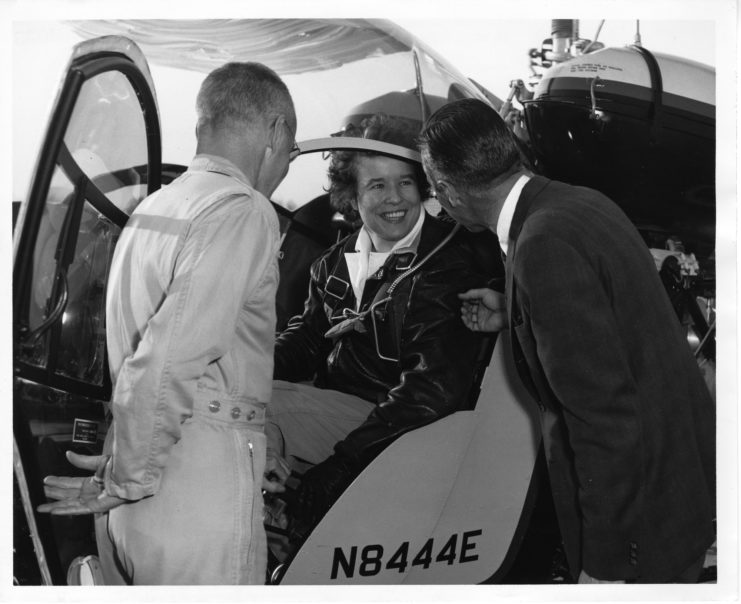
Both women carried on with the WASPs until the organization disbanded in 1944. Strother went on to earn her PhD from New York University and worked for Bell Helicopters from 1962-86. She kept in touch with McKeown and married him in 2002. Moorman raised five children in North Carolina after the war, and kept in close contact with Tibbets until her death in 2005.
More from us: Lumber Jills: The Women Who Made Up Britain’s Timber Corps
The WASPs, including Strother and Moorman, were denied military veteran status until 1977, when the US House and Senate voted to grant them what they had earned. This decision made them eligible for veterans benefits and also allowed the woman to commemorate their fallen sisters as veterans – something they hadn’t previously been able to do.
